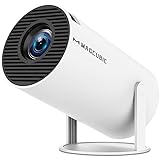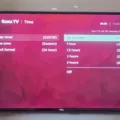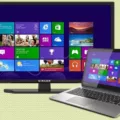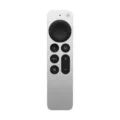In today’s fast-paced world, technology has made many things easier and more convenient for us. One of the major advancements in the world of entertainment is the introduction of Smart TVs. These televisions are equipped with state-of-the-art features that allow users to access the internet, stream media, and enjoy entertainment apps. However, many people wonder if they still need an antenna for their TV, especially if it comes with a built-in digital tuner.
Firstly, it is important to understand what a built-in digital tuner is. Essentially, this feature allows your TV to receive over-the-air television broadcasts without the need for a separate set-top box or antenna. However, it is important to note that a digital tuner does not mean that your TV has a built-in antenna. In fact, most Smart TVs do not come with an antenna built-in.
So, the question remains: do you need an antenna for your TV? The answer is yes if you want to access free-to-air channels. While your TV may have a built-in digital tuner, it still needs something to receive the over-the-air signal. This is where an antenna comes in. A High Definition Digital TV Antenna can help you access free-to-air channels and enjoy high-quality video and audio.
It is important to note that not all antennas are created equal. The type of antenna you need will depend on your location, the strength of the signals in your area, and the type of TV you have. Some antennas are designed specifically for use with Smart TVs, while others are suitable for use with a range of devices, including TVs, radios, and set-top boxes.
When choosing an antenna, it is important to consider factors such as range, signal strength, and durability. You may also need to consider the design of the antenna, as some are more discreet than others. Ultimately, the goal is to find an antenna that will give you the best possible reception and picture quality, without breaking the bank.
While Smart TVs are equipped with many advanced features, they still require an antenna to access free-to-air channels. If you want to enjoy high-quality video and audio on your TV, it is important to invest in a good-quality antenna that is suitable for your location and TV. With the right antenna, you can enjoy a wide range of free-to-air channels, without the need for a separate set-top box or subscription service.
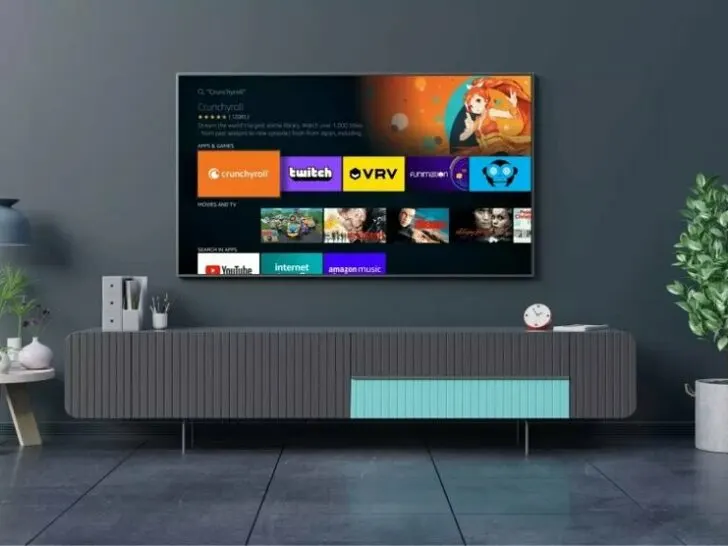
Do TVs Have a Built-in Antenna?
TVs typically have built-in antennas for Bluetooth and Wi-Fi connectivity, but they do not have built-in antennas for free-to-air channels. To receive free-to-air channels, a separate purchase of a High Definition Digital TV Antenna is required. It is important to note that not all TVs have the same connectivity options or the same antenna compatibility, so it is always recommended to check the specifications of your TV model to determine its antenna requirements.
Do I Need an Antenna with a TV with a Built-in Digital Tuner?
You will need an antenna even if your TV has a built-in digital tuner. This is because the digital tuner only decodes the digital signal, but it still needs to receive the signal over the airwaves. Without an antenna, your TV will not be able to pick up any over-the-air channels. Therefore, an antenna is essential for receiving local channels that are broadcast over the air. If you are not interested in watching local channels and only plan to use streaming services, then you may not need an antenna. However, if you want to watch live TV, including news, sports, and local channels, then you will need an antenna. It is also important to note that the type of antenna you need will depend on your location and the strength of the signals in your area.
Do I Need a TV Antenna for a Smart TV?
You still need a TV antenna with a smart TV. While a smart TV can access streaming media and entertainment apps, it does not replace the need for a TV antenna. An antenna is still required to receive broadcast television signals, which can provide access to local news, sports, and other programming that may not be available through streaming services.
Additionally, an antenna can provide access to over-the-air broadcast channels in high definition, which can provide better picture quality than streaming services that may be affected by internet speeds and buffering.
Some smart TVs may have built-in tuners that can receive over-the-air broadcasts, but this is not always the case. It is important to check the specifications of your specific smart TV to determine if it has this capability, and if not, to purchase a separate TV antenna to ensure access to broadcast television programming.
Does My TV Have a Built-in Antenna?
To determine if your TV has a built-in antenna, there are a few things you can do. Firstly, you should check your TV’s owner’s manual. This manual should indicate whether or not your TV has an internal antenna. Secondly, you can look on the front and back of your TV for any markings that indicate a built-in antenna. Some of these markings might include “Built-in Antenna,” “Internal Antenna,” or “Integrated Antenna.”
If you’re still unsure, you can also try performing a channel scan on your TV. This will allow your TV to search for any available channels using its built-in antenna. If it’s able to pick up any channels, then it likely has a built-in antenna.
Another option is to check the specifications of your TV online. This information should be available on the manufacturer’s website or on a website that sells the TV. Look for any information about a built-in antenna or internal tuner.
There are several ways to determine if your TV has a built-in antenna. By checking the owner’s manual, looking for markings on the TV, performing a channel scan, and checking the specifications online, you should be able to determine whether or not your TV has an internal antenna.
Conclusion
TV technology has come a long way in recent years, with Smart TVs becoming increasingly popular due to their internet connectivity and streaming capabilities. However, despite the advances in technology, an antenna is still necessary for receiving over-the-air signals and watching free-to-air channels. It is important to check the owner’s manual of your TV to verify if it has a built-in digital tuner, which is necessary for receiving these signals. By understanding the technology of your TV and its capabilities, you can ensure that you have the best viewing experience possible.


